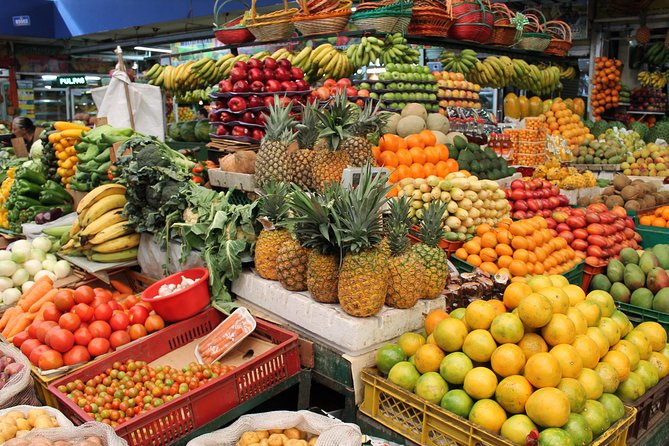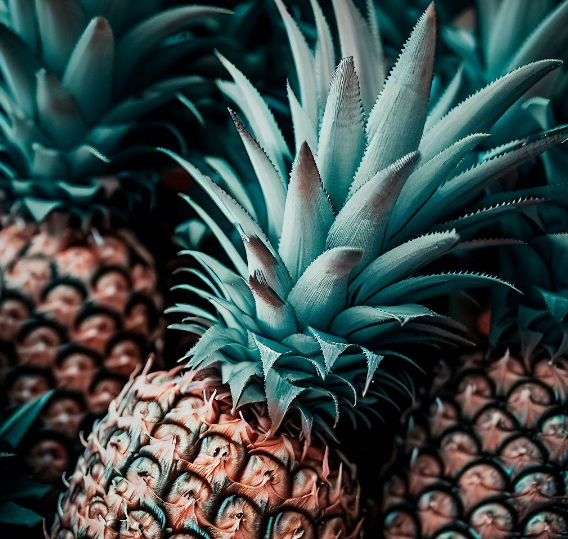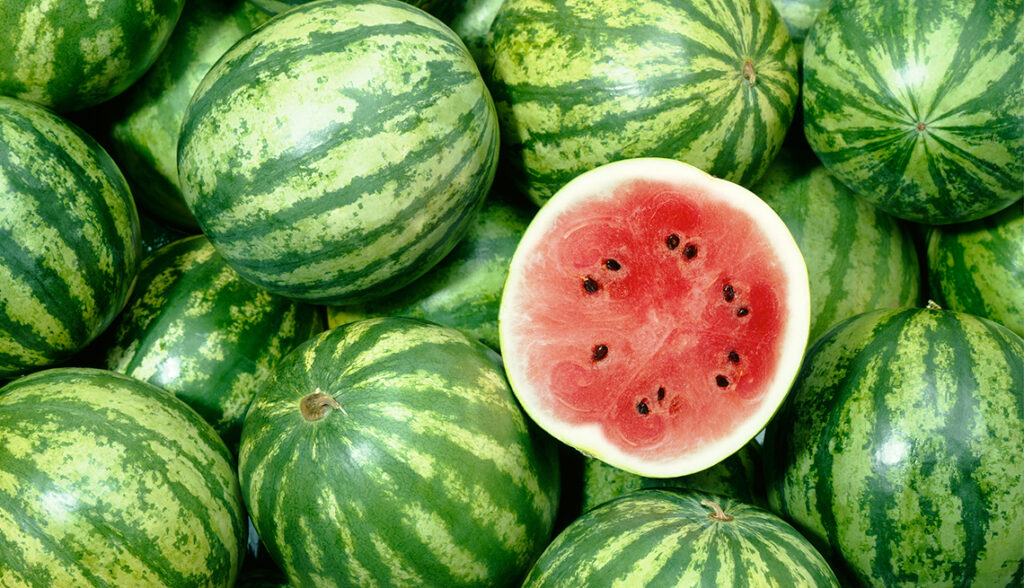If you love the sweet fruit of persimmon trees and want to grow them, you might be asking if you need more than one tree to get fruit. This article explains whether persimmon trees can pollinate on their own and gives you tips on how to grow them.
Persimmon trees lose their leaves every year and originally came from China. They’ve been grown for their tasty, sweet fruit for thousands of years. Persimmon fruit, which is full of vitamins A and C, can be orange in color. There are two kinds: astringent persimmons which are only sweet when fully ripe, and non-astringent ones that are sweet even when they’re a bit hard.
Table of Contents
- Exploring the Persimmon Tree
- Different Types of Persimmon Trees
- What’s the Pollinating Process for Persimmon Trees?
- Can Persimmon Trees Pollinate by Themselves?
- Benefits of Having Self-Pollinating Persimmon Trees
- Drawbacks of Self-Pollinating Persimmon Trees
- Is Cross-Pollination Possible with Persimmon Trees?
- How to Make Sure Your Persimmon Trees Pollinate Well
- When Is Pollination Time for Persimmon Trees?
- What If Your Persimmon Tree Doesn’t Produce Fruit?
- Helpful Tips for Growing Persimmon Trees
- Conclusion
Exploring the Persimmon Tree
Persimmon trees are part of the Diospyros genus. They can get quite large, growing up to 25 feet tall and wide. They have dark green leaves that change color in the fall to beautiful shades of yellow or red. Persimmons produce a type of fruit known as a berry, and it’s usually enjoyed when it’s perfectly ripe.
Different Types of Persimmon Trees
There are several kinds of persimmon trees, but Fuyu and Hachiya are the most well-known. Fuyu persimmons are non-astringent, meaning you can eat them when they’re still quite firm. On the other hand, Hachiya persimmons are astringent, and you have to wait until they’re fully ripe before you eat them.
What’s the Pollinating Process for Persimmon Trees?
Persimmon trees attract bees and other insects which help to pollinate the flowers. These flowers are small, shaped like bells, and usually come out in spring. When the flowers are pollinated rightly, the trees will produce fruit.
Can Persimmon Trees Pollinate by Themselves?
Whether a persimmon tree can self-pollinate depends on what variety it is. Some kinds can do this by themselves, while others need another tree to help them make fruit.
Benefits of Having Self-Pollinating Persimmon Trees
One big plus of self-pollinating persimmon trees is that you only need to plant a single tree, and it will still bear fruit. This is handy if you don’t have much space or you don’t want to plant more than one tree.
Drawbacks of Self-Pollinating Persimmon Trees
However, self-pollinating persimmon trees might not give you as many fruits or fruits as good as those from cross-pollinated trees. Also, the trees might not give fruit every year.
Is Cross-Pollination Possible with Persimmon Trees?
Yes, persimmon trees can cross-pollinate with each other. Doing this can lead to fruit that is better and more plentiful. But it’s worth noting that not all types of persimmon trees can cross-pollinate. It’s a good idea to plant two different kinds that flower at the same time to help cross-pollination happen.
How to Make Sure Your Persimmon Trees Pollinate Well
If your persimmon tree needs another tree to cross-pollinate with, then you should plant another different variety close by. Pollinators like bees will carry pollen between the two trees, which helps them make fruit.
Make sure the two trees flower at the same time for cross-pollination to work. You can ask at your local plant nursery or look online to find out which persimmon tree varieties will flower together where you live.
When Is Pollination Time for Persimmon Trees?
Persimmons usually flower in spring and their fruit gets ripe in fall. The exact time they need to be pollinated will depend on what kind of persimmon tree you have and where you’re growing it. Typically, they should be pollinated when they are blooming.
What If Your Persimmon Tree Doesn’t Produce Fruit?
If your persimmon tree isn’t giving you any fruit, it might be because it’s not getting pollinated well enough. Remember, if your tree needs another tree to pollinate with, you should make sure there’s one nearby.
Sometimes trees don’t make fruit because they’re pruned incorrectly, or they don’t have the right nutrients, or maybe they have bugs or a disease. Make sure you’re watering it enough and giving it the right food, and ask someone who knows about gardening if you’re having problems.
Helpful Tips for Growing Persimmon Trees
Here are helpful hints for keeping your persimmon trees happy and healthy:
- Choose a spot with soil that drains well and lots of sun.
- Provide regular water, especially when it’s dry.
- Use balanced fertilizer on your tree in the spring and again in the fall.
- When it’s winter, trim your tree to keep it in shape and get rid of any wood that’s dead or sick.
- Look out for bugs or illness and deal with them quickly if they show up.
Conclusion
Whether or not persimmon trees can pollinate themselves depends on their type. Some varieties can, while others need a different tree to cross-pollinate. If pollination is a problem, you can try to pollinate your trees by hand or plant a different variety close by. If you take care of your trees, you can look forward to a big harvest of yummy persimmons.
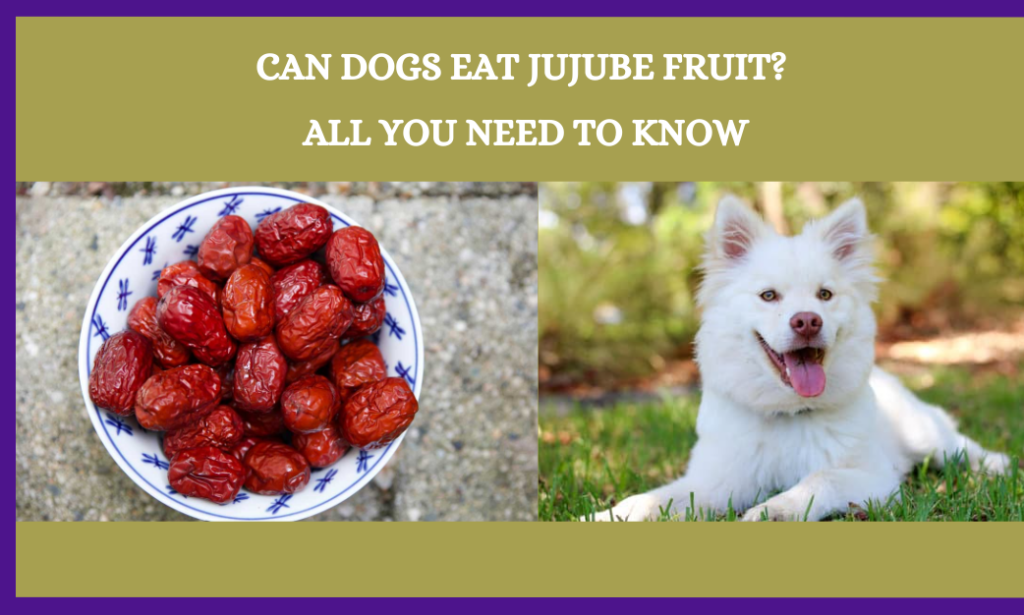
![What Fruits Can A French Bulldog Eat? [15 Nutritious Fruits]](https://fruitonix.com/wp-content/uploads/2023/05/Screenshot-2023-05-11-2.49.17-AM.png)
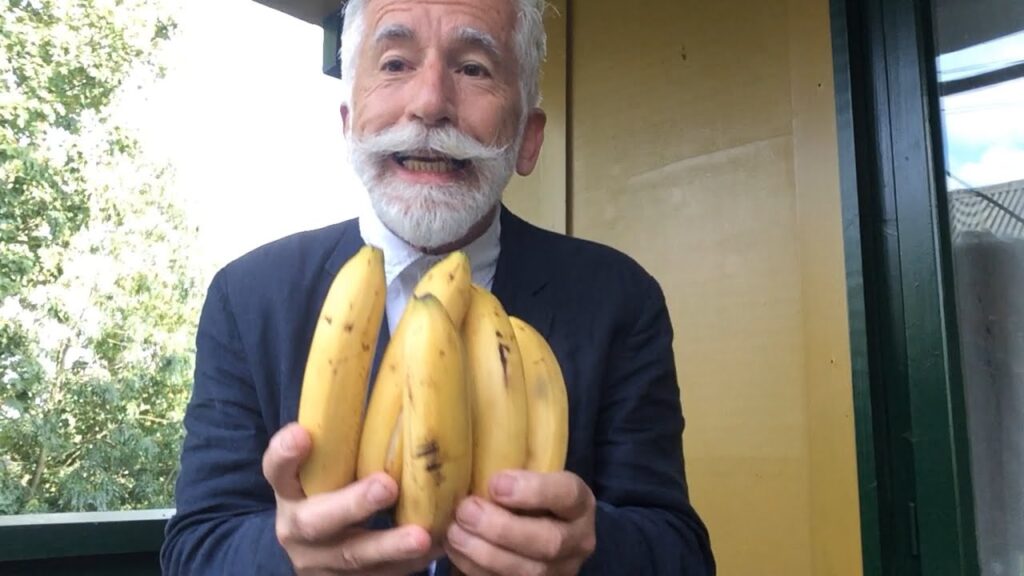
![What Is the National Fruit of Afghanistan and Why? [ANSWERED]](https://fruitonix.com/wp-content/uploads/2023/04/pomegranate.webp)

